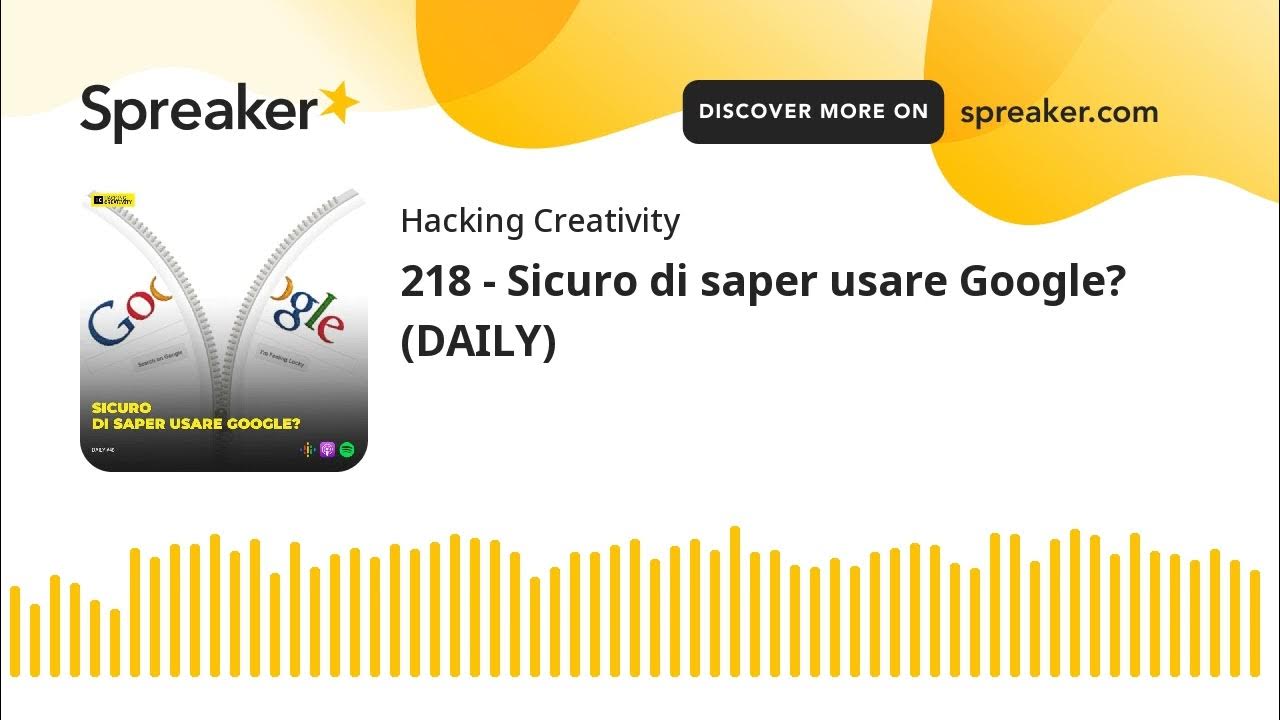Web 3.0 Explained In 5 Minutes | What Is Web 3.0 ? | Web3 For Beginners | Web 3.0 | Simplilearn
Summary
TLDRIn this video, Ray discovers targeted ads related to his recent online searches and learns about Web 2.0's interactive nature and data collection practices from his brother Aaron, a software engineer. Aaron introduces Web 3.0 as the next internet evolution, featuring decentralization, trustless interactions, AI-enhanced understanding, and ubiquitous connectivity. The video concludes with a quiz on Web 3.0's relation to blockchain, highlighting the technology's potential to revolutionize online privacy and user experience.
Takeaways
- 😲 Ray's experience with targeted ads is a common occurrence due to online tracking and data collection.
- 💡 Aaron explains that Web 2.0, introduced in 2004, made the internet more interactive through technologies like JavaScript, HTML5, and CSS3.
- 🔍 Companies use cookies to store user data, which is then sold to advertisers for targeted marketing.
- 🤔 Ray is concerned about the privacy implications of this data collection and tracking.
- 🛠️ Aaron suggests using tools like Tor Browser and Incognito Mode to mitigate privacy issues, but acknowledges they are not perfect solutions.
- 🚀 Web 3.0 is presented as the next evolution of the internet, incorporating AI and blockchain to provide a more intelligent and decentralized experience.
- 🔗 Decentralization in Web 3.0 aims to dismantle large databases controlled by internet giants, giving users more control over their data.
- 🔒 Trust and permissionless interactions are key features of Web 3.0, allowing direct access to data without the need for intermediaries.
- 🧠 AI and machine learning in Web 3.0 will enable computers to understand information more like humans, improving content relevance.
- 🌐 Connectivity and ubiquity will be enhanced in Web 3.0, with IoT allowing internet access on various smart devices beyond traditional PCs and smartphones.
- 🏆 The video concludes with a question about Web 3.0's relation to blockchain, suggesting its role in creating smart contracts, decentralized storage, and user experience.
Q & A
What was Ray's initial reaction to seeing ads related to his recent searches?
-Ray was surprised and a bit freaked out by the targeted ads, as he couldn't understand how his recent searches were being used to show him related advertisements.
What era of the internet does Aaron explain to Ray about the targeted ads?
-Aaron explains that the targeted ads are a result of the era of Web 2.0, which is characterized by interactive web platforms and the use of cookies to store user data for advertising purposes.
What was the primary function of Web 1.0?
-Web 1.0 was primarily a read-only platform with non-interactive content, similar to a large encyclopedia or a static Wikipedia page.
How does Web 2.0 differ from Web 1.0 in terms of user interaction?
-Web 2.0 introduced more interactive elements to the internet through technologies like JavaScript, HTML5, and CSS3, allowing for the creation of platforms such as YouTube, Facebook, and Wikipedia.
What is the main concern Ray has regarding the internet after learning about Web 2.0?
-Ray is concerned about the lack of privacy offered by Web 2.0, as user data is collected and sold to companies for targeted advertising.
What solutions does Aaron suggest to Ray for protecting privacy in Web 2.0?
-Aaron suggests using the Tor browser and incognito mode as temporary solutions to protect privacy, but acknowledges that these are not permanent and may have reliability issues.
What is the next step in the evolution of the internet according to Aaron?
-The next step is Web 3.0, which incorporates artificial intelligence and blockchain technologies to provide a more open, trusting, and permissionless internet experience.
What are the four key features of Web 3.0 mentioned in the script?
-The four key features of Web 3.0 are decentralization, trustful and permissionless interactions, artificial intelligence and machine learning, and connectivity and ubiquity.
How does decentralization in Web 3.0 differ from the centralized databases of Web 2.0?
-Decentralization in Web 3.0 allows data to be stored in multiple locations simultaneously, dismantling the large databases maintained by internet giants and giving more power back to the users.
What role does artificial intelligence play in Web 3.0?
-Artificial intelligence in Web 3.0 helps computers understand information in a human-like manner, providing users with more relevant content based on their choices and improving the browsing experience.
How does the Internet of Things (IoT) contribute to the connectivity and ubiquity aspect of Web 3.0?
-IoT technology allows the internet to be accessible through various smart devices, making it available everywhere and at all times, beyond just PCs and smartphones.
What is the main advantage of Web 3.0 over Web 2.0 in terms of user experience?
-Web 3.0 offers a more personalized and customized surfing experience, a smarter search assistant, and other decentralized benefits, giving users control over their data for a richer overall experience.
What is the question posed to the audience about Web 3.0 and blockchain at the end of the script?
-The question is how Web 3.0 is related to blockchain, with options a) it helps create smart contracts for web pages, b) it helps Web 3.0 store data in the blockchain, c) it offers a decentralized experience to its users, or d) all of the above.
Outlines

このセクションは有料ユーザー限定です。 アクセスするには、アップグレードをお願いします。
今すぐアップグレードMindmap

このセクションは有料ユーザー限定です。 アクセスするには、アップグレードをお願いします。
今すぐアップグレードKeywords

このセクションは有料ユーザー限定です。 アクセスするには、アップグレードをお願いします。
今すぐアップグレードHighlights

このセクションは有料ユーザー限定です。 アクセスするには、アップグレードをお願いします。
今すぐアップグレードTranscripts

このセクションは有料ユーザー限定です。 アクセスするには、アップグレードをお願いします。
今すぐアップグレード関連動画をさらに表示

218 - Sicuro di saper usare Google? (DAILY)

PALAVRAS-CHAVE NO GOOGLE ADS 2024: MUDANÇAS, TENDÊNCIAS E MELHORES ESTRATÉGIAS PARA VENDER MAIS

Ciclo de vida desarrollo de software | Qué es el desarrollo de software

How Targeted Ads Work | Consumer Reports

The "Zero Click Internet" WASTELAND

Steve Ray: The Church Fathers
5.0 / 5 (0 votes)
